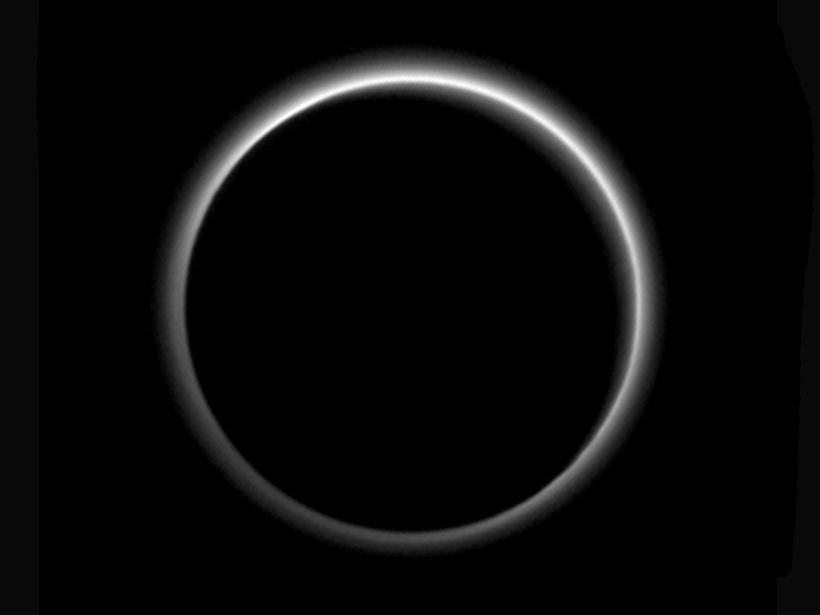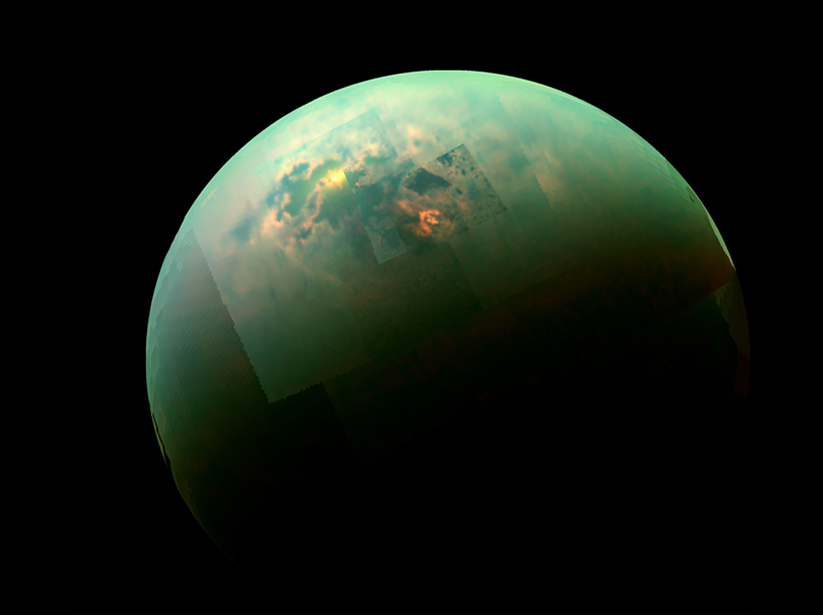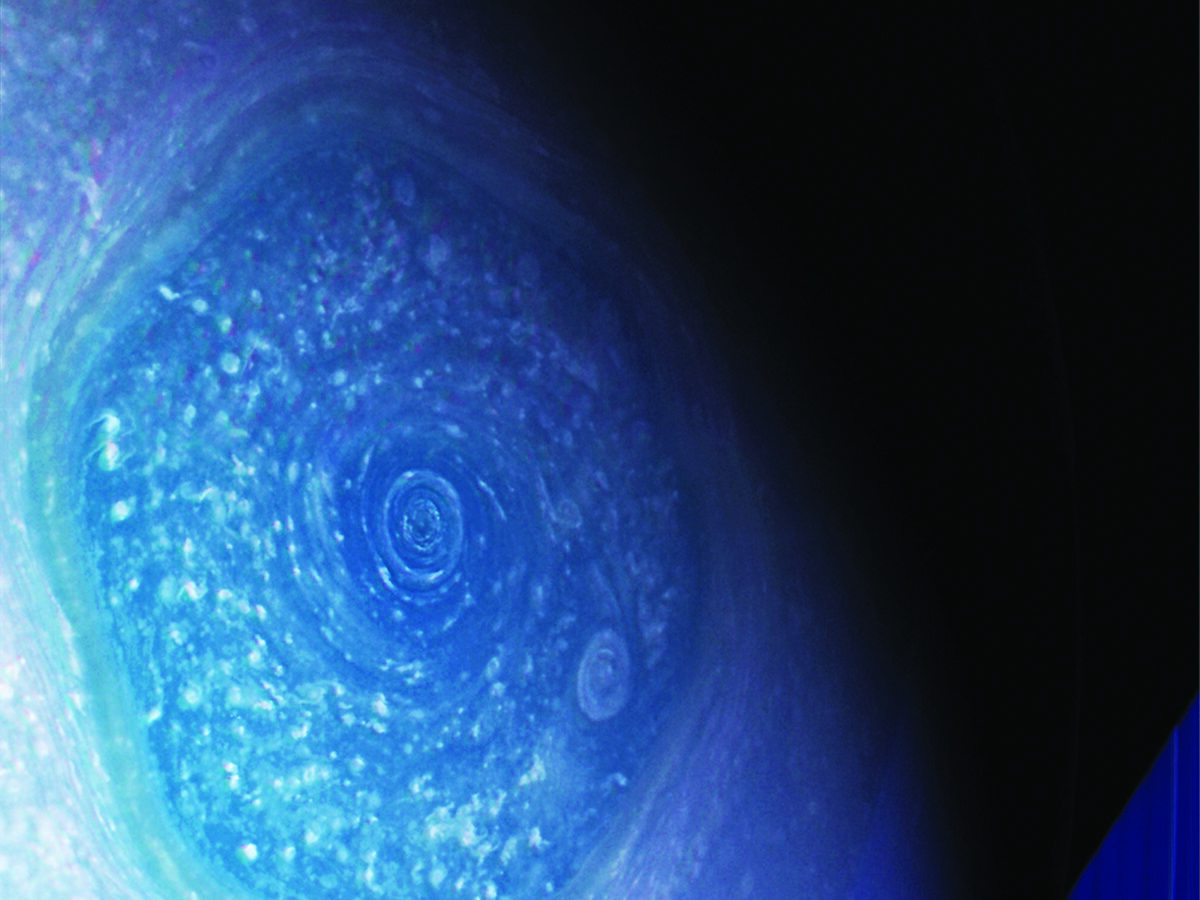Planets that orbit close to their stars might lose their atmospheres along with any chance of life, but new models show a way in which these planets may retain their atmospheres and habitability.
planetary atmospheres
Andrew F. Nagy Receives 2015 John Adam Fleming Medal
Andrew F. Nagy was awarded the 2015 John Adam Fleming Medal at the American Geophysical Union Fall Meeting Honors Ceremony, held on 16 December 2015 in San Francisco, Calif. The medal is for "original research and technical leadership in geomagnetism, atmospheric electricity, aeronomy, space physics, and related sciences."
First Results from the MAVEN Mission to Mars
Geophysical Research Letters publishes First Results from the MAVEN Mission to Mars, demonstrating a remarkable achievement of NASA's MAVEN team and the broader scientific community.
Pluto Image Shows First Picture of Its Atmosphere
Scientists are amazed by new images that show Pluto's atmosphere and diverse geology.
Scientists Watch Solar Winds Blast Mercury's Magnetic Field
A NASA team used the MESSENGER spacecraft to analyze Mercury's magnetosphere during intense solar wind pressure.
What’s Driving Titan’s Atmosphere?
A new analysis of Cassini data reveals a major source of heavy hydrocarbons on Saturn’s moon Titan.
MAVEN Unlocks Secrets of the Martian Atmosphere
In its first month, NASA’s orbiter saw effects of the solar wind at low altitude and tracked a plume of gases escaping into space
Polar Jet Stream Could Reveal Saturn's Rotational Period
Scientists determine the length of a day on Saturn with help from a mysterious atmospheric structure.







